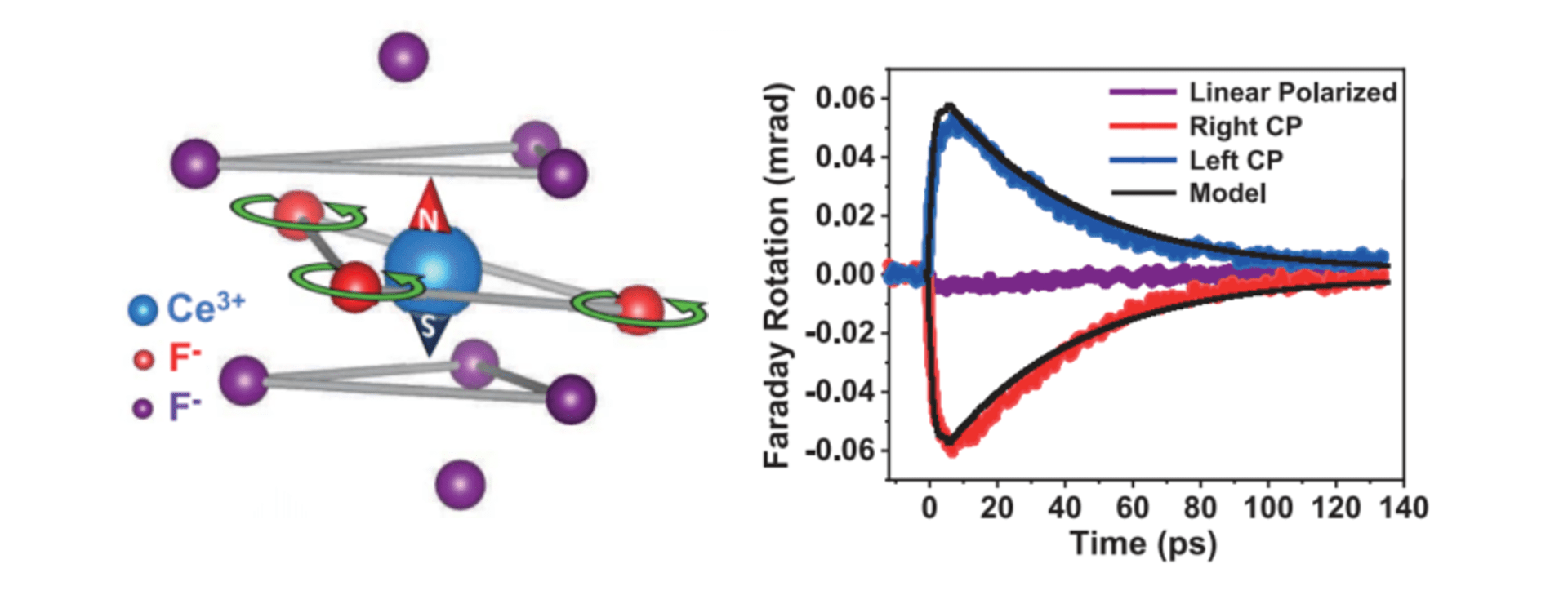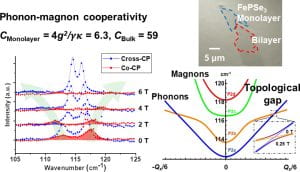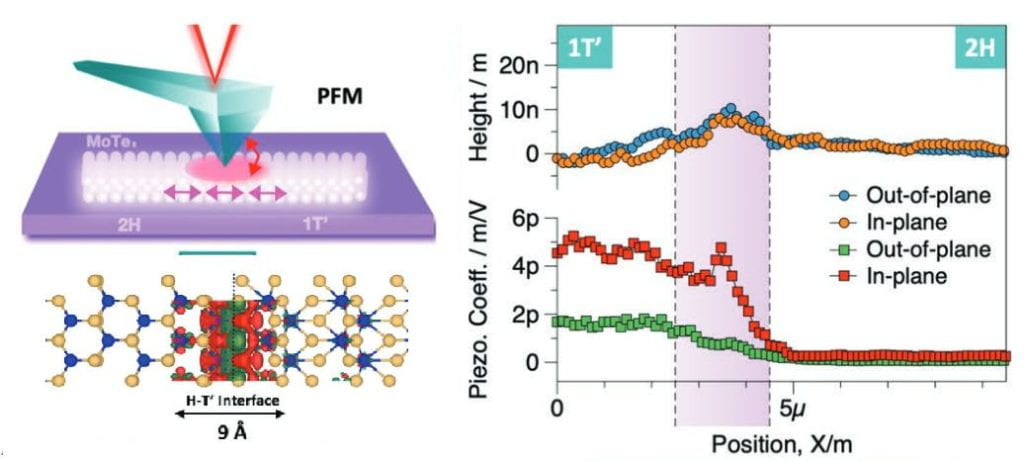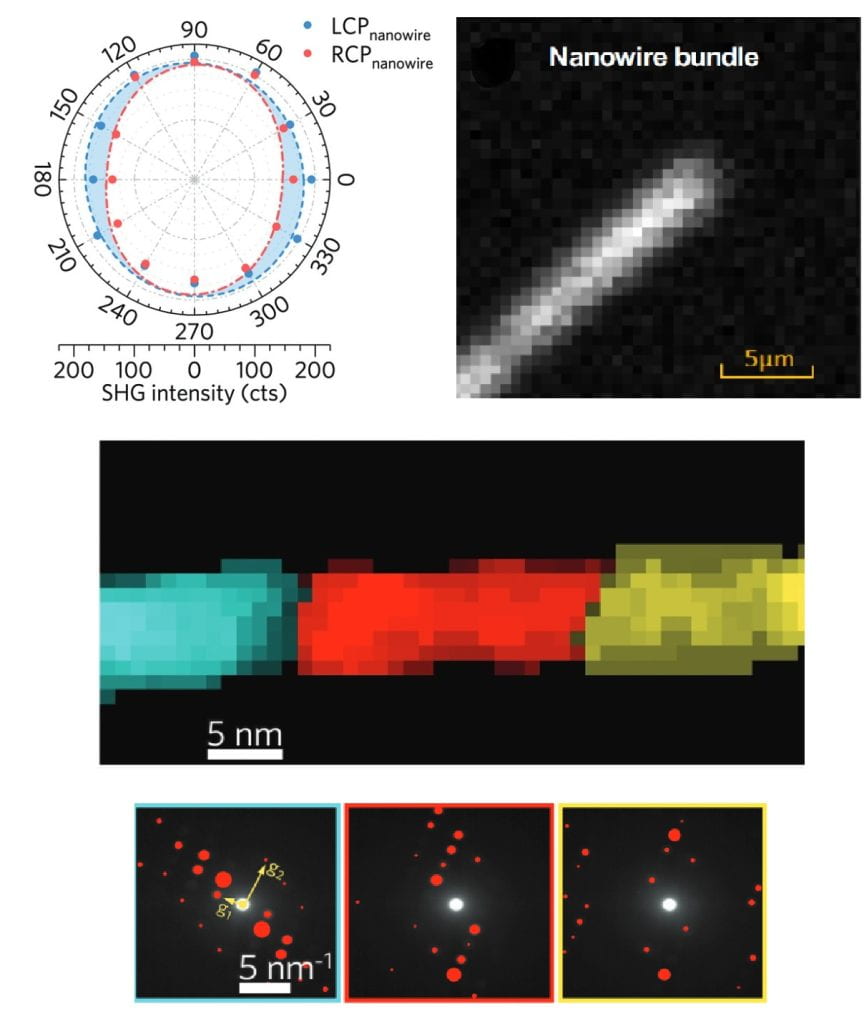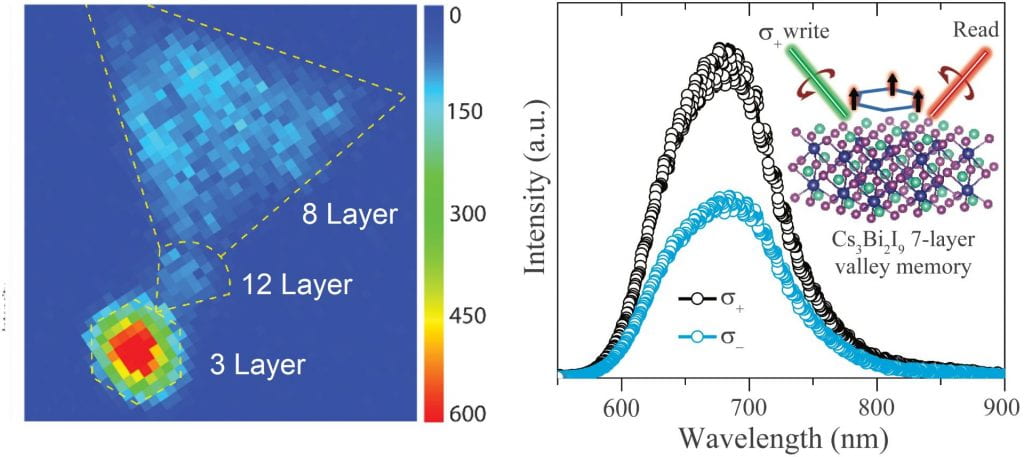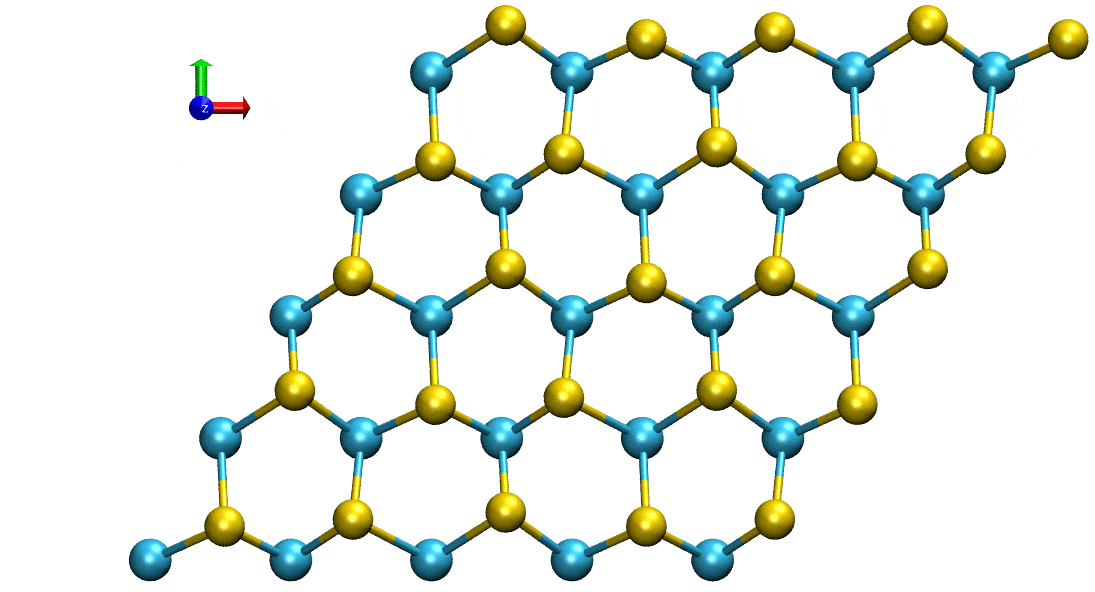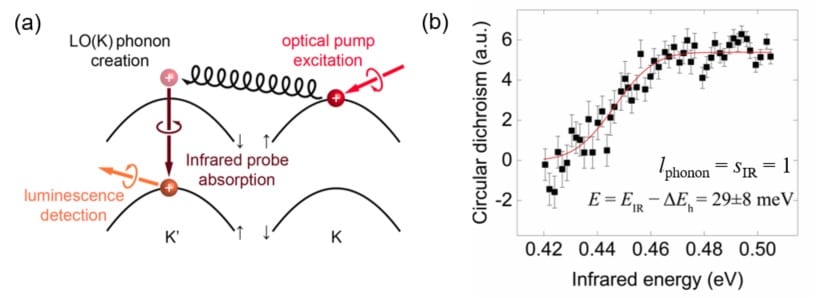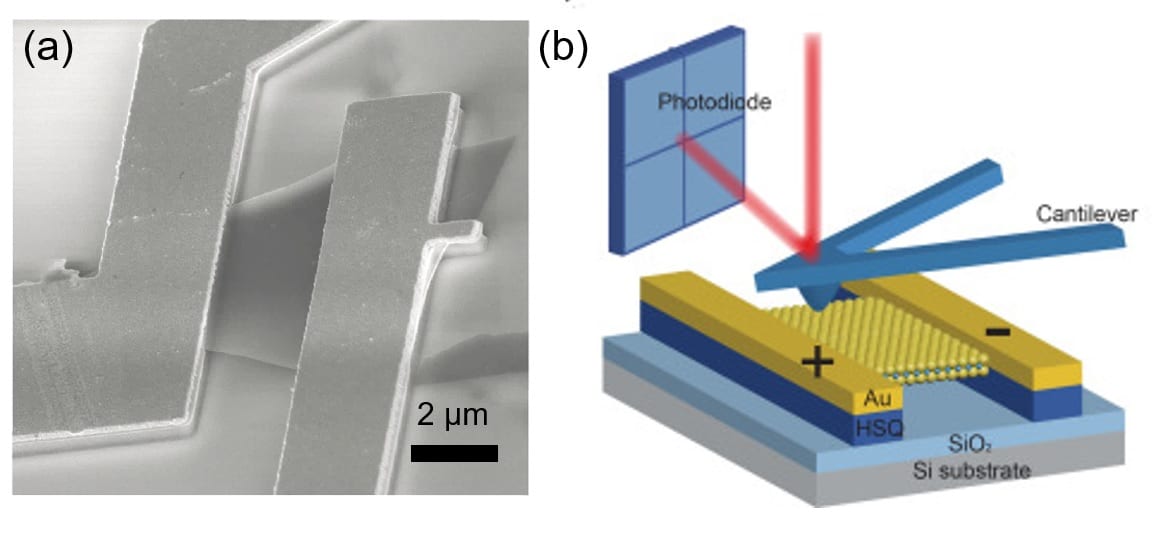Time-reversal symmetry (TRS) is pivotal for materials’ optical, magnetic, topological, and transport properties. Chiral phonons, characterized by atoms rotating unidirectionally around their equilibrium positions, generate dynamic lattice structures that break TRS. Here, in our recent work published on Science, we report that coherent chiral phonons, driven by circularly polarized terahertz light pulses, will polarize the paramagnetic spins in cerium fluoride in a manner similar to that of a quasi-static magnetic field on the order of 1 tesla. Through time-resolved Faraday rotation and Kerr ellipticity, we found that the transient magnetization is only excited by pulses resonant with phonons, proportional to the angular momentum of the phonons, and growing with magnetic susceptibility at cryogenic temperatures. The observation quantitatively agrees with our spin-phonon coupling model and may enable new routes to investigating ultrafast magnetism, energy-efficient spintronics, and nonequilibrium phases of matter with broken TRS.
Check out more fun and viewpoints from this perspective, Rice News, futurity.org, phys.org, EurekAlert!, NSF highlights, DeepTech深科技, physics world.
